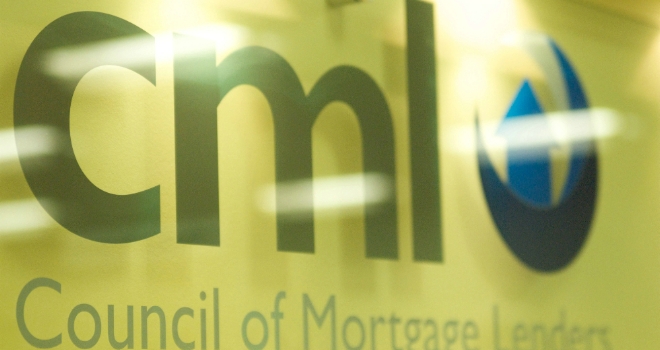
"Overall mortgage lending continues to hold up pretty well, but we seem to have a twin-track market."
The figure is 6% lower than December’s lending total of £20bn, but 2% higher than the £18.6bn lent in January last year.
CML senior economist Mohammad Jamei said: "Overall mortgage lending continues to hold up pretty well, but we seem to have a twin-track market. Weakness in buy-to-let and home movers has been offset by an increase in first-time buyers and remortgage lending.
"A continuing acute shortage of homes being offered for sale is one aspect of a broken housing market, that looks unlikely to resolve in the near term."
Jeremy Duncombe, Director, Legal & General Mortgage Club, commented: “The first set of figures for 2017 set the precedent for the rest of the year. These numbers confirm that as gross mortgage lending continues to rise annually, it is still very much business as usual in the mortgage market, despite the economic uncertainty that characterised most of last year.
“The start of the new year has seen positive sentiment across the mortgage market, however an acknowledgment that the market still faces challenges – particularly in the buy-to-let sector. The Government’s commitment to help build the hundreds of thousands of more affordable homes that our nation needs will further improve the diversity and inclusivity of our housing market, but is unlikely to impact 2017 directly.”
Henry Woodcock, principal mortgage consultant at IRESS, added: “During the last quarter of 2016 we saw an increase in high street lender approvals. Along with an increase in housing activity seen by estate agents. This has led to a small annual increase in gross lending for January of 2% compared to January 2016. However gross lending fell 6% from December’s figure of £20 billion to £18.9 billion in January.
"House prices accelerated more than expected in late 2016, rising by 7.2% to an average of £220,000 in the year to December. House price increases were driven by four connected factors; a shortage of properties, an increase in the number of first-time buyers, continued low mortgage rates and government schemes. However, 2017 is unlikely to show a year on year increase compared to 2016, as changes to landlord taxes, inflation and economic uncertainty are likely to dampen house buying activity.
"With house hunters becoming more price sensitive during increased economic uncertainty, my expectation is for a similar year to 2016 in terms of transactions with perhaps a modest growth in gross lending.”





